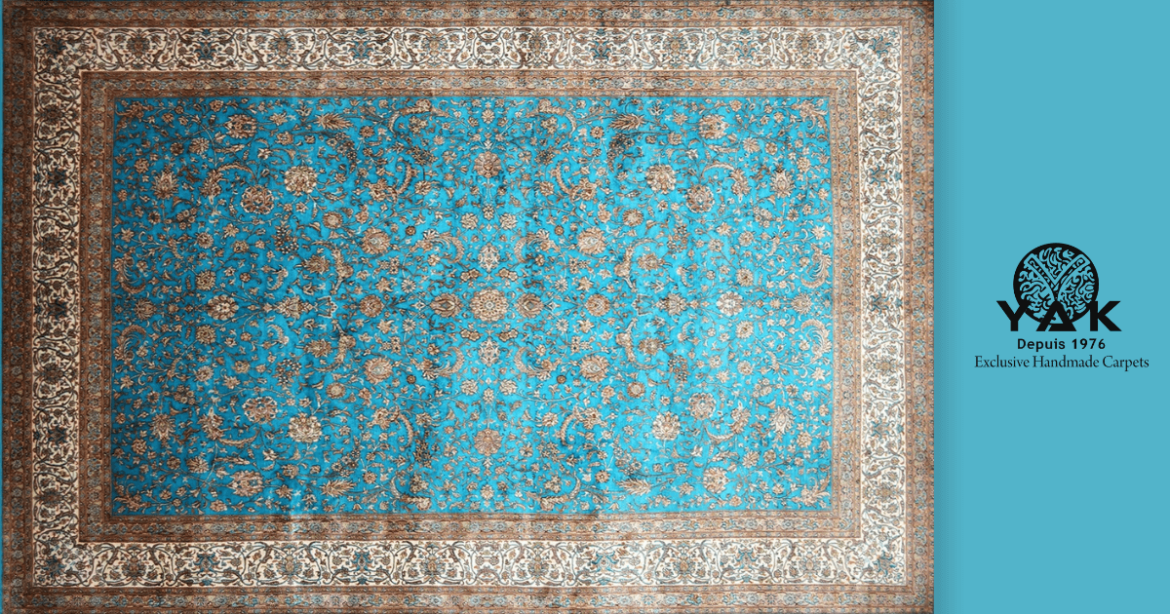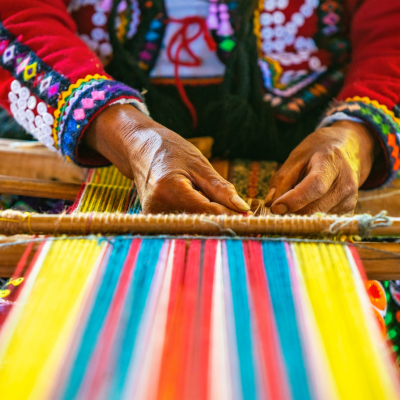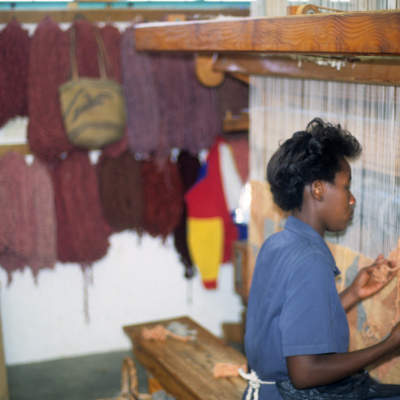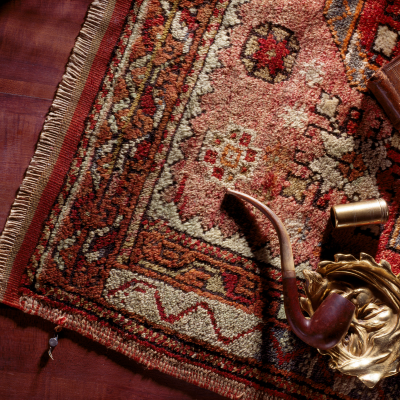 Aug 16
Aug 16 Why is a Kashmir Silk Handmade Carpet becoming a Rare commodity?
- August 16, 2024
- 0 Comment(s)
Kashmir silk handmade carpets are becoming rarer, known for their luxury, craftsmanship and everlasting charm. A combination of increasing labour rates, inexperienced weavers and the fortunate fact that silk is an expensive material to manufacture a luxurious hand-knotted carpet from- it’s not surprising.
Rising costs of Labour
Kashmir Silk handmade carpets made in the world for one reason are now rare, mainly due to ascending labour costs. The making of a Kashmir silk carpet is complex, labour-intensive work that takes months and even years to produce even one. This attention to detail from the best craftswomen and craftsmen is matched with skills that are centuries old.
But as the cost of living rises, so must the cost of labour. Weavers who used to work for a tiny amount are now asking for more reasonable wages from people and in return they put their best efforts. Accordingly, the hand-knotted carpets are highly priced which makes them out of reach for a wide-scale market and due to this reason are rare in case.

Shift of new generations towards modern careers
Finally, the rarity of handmade silk carpets in Kashmir can also be attributed to reluctance from the younger generation who are not keen on working such a laborious craft. Carpet weaving, an art developed more than a millennium ago and inherited by the generations that followed. Nowadays, the young generation is setting their eyes on modern careers that they think will not only fetch them better paychecks faster but also save them from a lot of physical effort.
As a result of this generational shift, fewer trained craftspeople remain to create these hand-crafted rugs. The already concerned issue is compounded by the fact that there are less master weavers in Kashmir, which contributes to overtime for each single silk carpet production.
 Lesser number of weavers
Lesser number of weavers
Skilled master weavers are the strength of the handmade carpet industry, and their skills are vanishing fast. These artisans not only are masters of weaving, but they also have immense knowledge in design principles, theory and how materials can be used. But the death of these master weavers is inestimable since it takes decades to develop such a mastery.
With not enough master weavers for training in the younger generation, they are seriously at risk and their mark must be preserved by handing down said artistry to maintain its status as an iconic global luxury point. The act of skill is slowly dying off, hence carpets like this are fast becoming a bit rarer.
Rising cost of Silk
Then again, the main raw material that goes into making a Kashmir silk handmade carpet has only become more and more prized. The process of weaving silk is labour intensive and this along with increasing cost of raw silk, has in turn led to increase in price as well the limited availability. Thus with the escalating price of silk, resulting in making the Kashmir Silk a luxury raw material, many can’t afford.

The Kashmir silk handmade carpet is not merely a decoration or something which enhances your house look, it is instead an epitome of our exceptional handy talent and a rich culture. Nonetheless, due to higher labour charges and the younger generations unwillingness to enter this area of labour coupled with decreasing numbers associated with master weaves in addition increased costs for any silk, which they are often built from, these fine knotted carpets have become very thinly spread out.
Even though you are a connoisseur of authentic hand knotted carpets, now is the time to shop Handmade Carpets with Yak Carpet, buy this piece of history before it goes out of reach.


